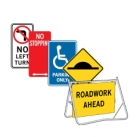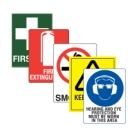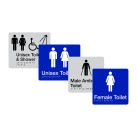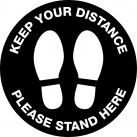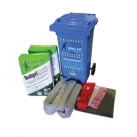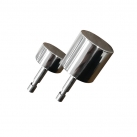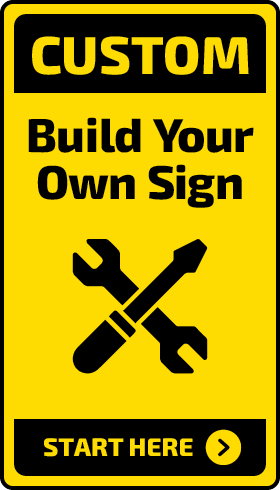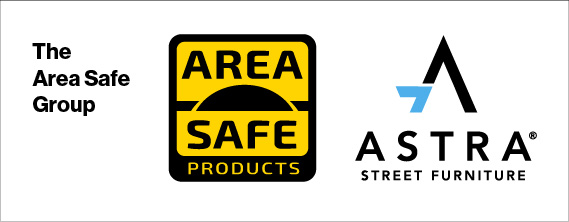Top 10 Safety Measures for Construction Sites
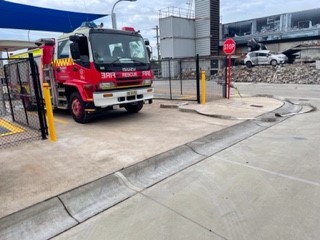
According to the Construction Safety Statistics by Procure, the death rate in construction was 9.4 per 100,000 workers in 2021.
Alarmingly, 65.5% of all construction-related deaths are attributed to what's known as the Focus Four incidents. These incidents are divided into falls, including slips and trips, struck-by, electrocution, and caught-in/between.
Every year, thousands of workers find themselves facing injuries, with some accidents tragically resulting in fatalities.
However, the inherent risks of working on construction sites can be eliminated by implementing strict safety measures and regulations.
This blog aims to illuminate safety practices that can reduce the chances of accidents and injuries, making construction sites safer for everyone involved.
10 Important Safety Measures For Construction Workers And Sites
1. Fall Protection
Falls, trips or slips are among the most common causes of injuries on construction sites.
Therefore, it's critical to implement effective fall protection systems. This includes using guardrails, safety nets, and personal fall arrest systems.
Ensure that all workers are trained in using these systems and that they are regularly inspected and maintained.
2. Portable Signs
Portable signs are vital in alerting workers and visitors to potential hazards. These signs should be clear, visible, and placed strategically around the site.
Whether it's a warning about high voltage, falling debris, or restricted areas, these signs help prevent accidents by providing crucial information at the right time.
3. Industrial Belt Barriers
Industrial belt barriers help manage the flow of people and machinery on a construction site. These barriers can be set up quickly and effectively to keep unauthorised personnel out of dangerous areas.
By clearly marking boundaries, these barriers help maintain order and reduce the risk of accidents.
4. Always Wear PPE
Personal protective equipment is essential for any construction site. This encompasses helmets, gloves, safety glasses, and high-visibility clothing.
PPE should always be worn to protect against falling objects, sharp materials, and hazardous substances. Ensuring that all PPE fits correctly and is in good condition is essential.
5. Safety Tags
Safety tags are used to label equipment, tools, and areas that require special attention. These tags indicate that a piece of equipment is out of order, needs maintenance, or an area is hazardous.
By clearly marking these items, workers can avoid using unsafe equipment or entering dangerous areas.
6. Maintain a Clean Workspace
A messed up workspace can lead to accidents and injuries. Regularly clean up debris, tools, and materials to keep the site orderly.
A clean environment reduces the risk of tripping and falling and makes it easier to identify potential hazards.
7. Use Proper Equipment
Using the right equipment for the job is crucial. This includes selecting the correct tools and machinery and ensuring they are used correctly.
Workers should be trained to operate all equipment safely and understand the risks associated with their use.
8. Tools Inspection
Regular tool inspection is essential for ensuring safety on a construction site. Before use, all tools and equipment should be checked for any signs of damage or wear.
Faulty equipment can lead to severe accidents, so it's essential to identify and fix any issues before they become a problem.
9. Hazard Communication
Effective hazard communication involves informing workers about the potential dangers on the site and how to avoid them. This can be done through training sessions, safety meetings, and clear signage.
The key to preventing accidents is ensuring that everyone on site knows the hazards and how to protect themselves.
10. The Role Of Boom Gates
Boom gates are essential for controlling access to construction sites. They help in managing the entry and exit of vehicles and personnel, ensuring that only authorised individuals are allowed in.
This not only improves security but also helps in maintaining safety by keeping unauthorised personnel away from hazardous areas.
The Bottom Line
Safety on construction sites cannot be overstated. Implementing these construction safety tips and measures for construction workers can significantly reduce the risk of accidents and injuries.
Every measure counts in creating a safer working environment, from using boom gates to ensuring proper hazard communication.
Regular training, proper equipment use, and maintaining a clean workspace are just a few strategies for achieving this goal. Construction sites can protect workers and improve efficiency and productivity by prioritising safety.
Ensuring safety on construction sites is a continuous process that requires vigilance, commitment, and cooperation from all involved. By following these safety measures, we can create a safer, more productive working environment for everyone.
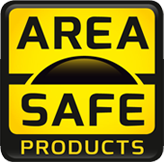
 Speed of Service
Speed of Service Easy Systems
Easy Systems Product Designs & Developers
Product Designs & Developers Car Park Protection
Car Park Protection 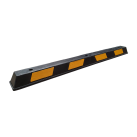
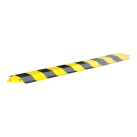


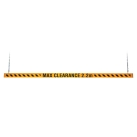

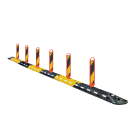
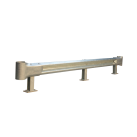

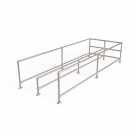
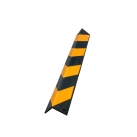
 Industrial Safety
Industrial Safety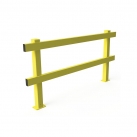
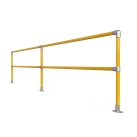


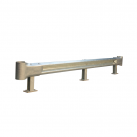

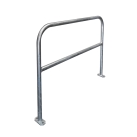
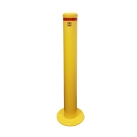


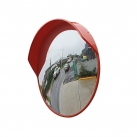
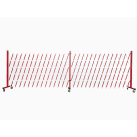
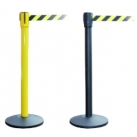


 Urban Furniture
Urban Furniture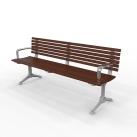
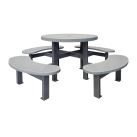
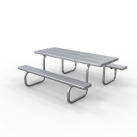



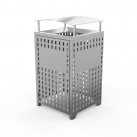

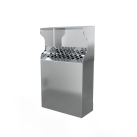
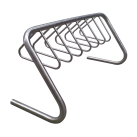

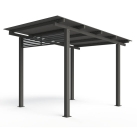
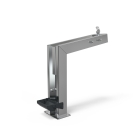
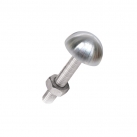

 Pedestrian Barriers
Pedestrian Barriers
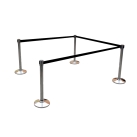

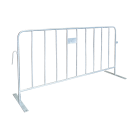

 Matting, Ramps & Tactiles
Matting, Ramps & Tactiles
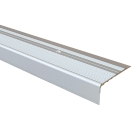

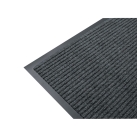
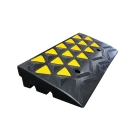
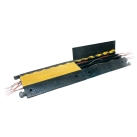
 Signage & Safety
Signage & Safety 
